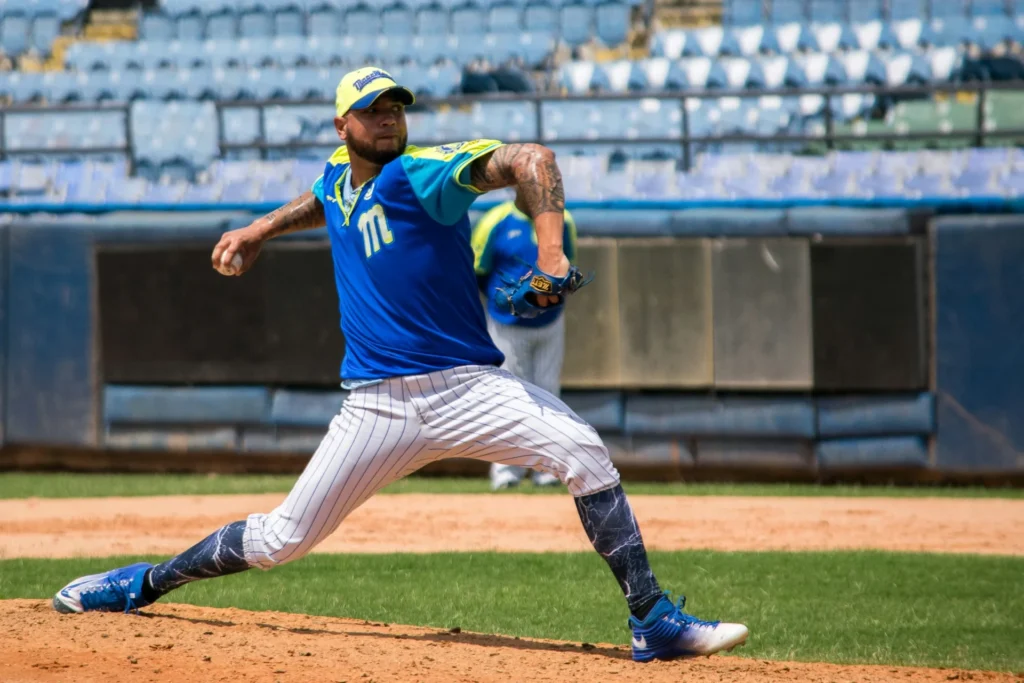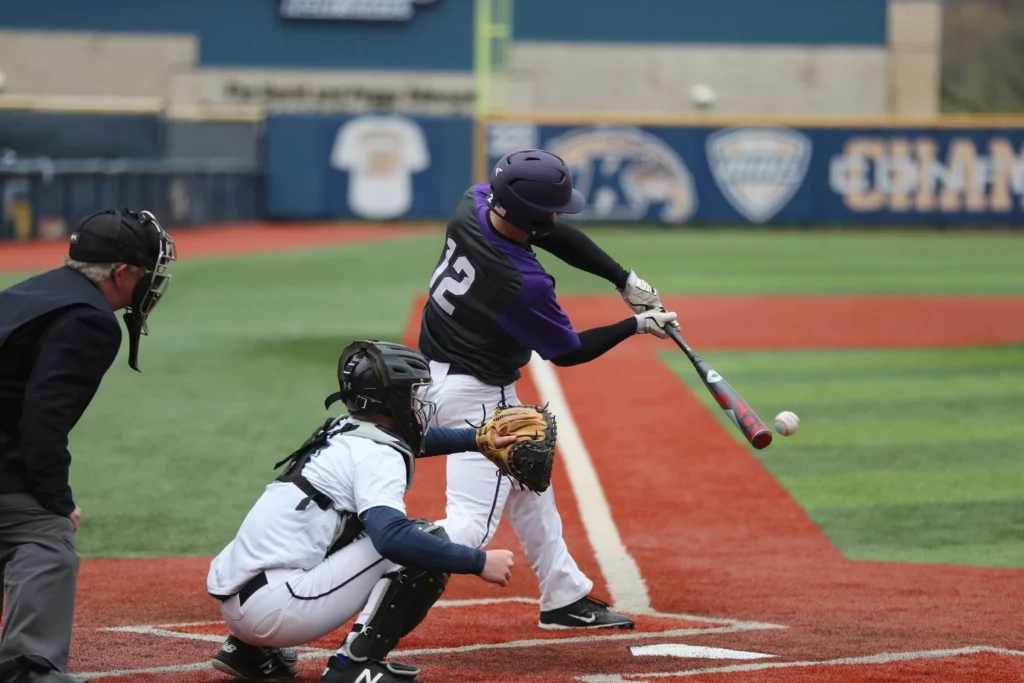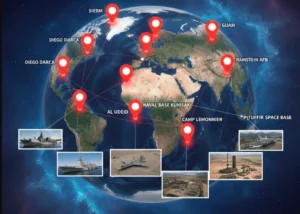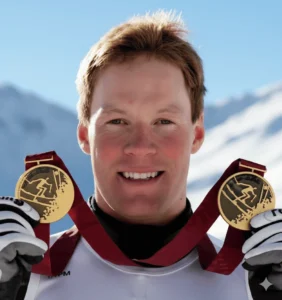Baseball is a game of strategy, patience, and tradition, but if you’re new to the sport, the concept of innings might seem confusing. So, how many innings are there in baseball? The answer varies depending on the league.
Standard Baseball Inning Structure
A traditional professional baseball game consists of 9 innings. Each inning is divided into two halves:
- Top Half: The visiting team bats while the home team plays defense.
- Bottom Half: The home team bats while the visiting team plays defense.

How Many Innings in MLB, Minor League, and College Baseball?
Type | Standard Innings |
MLB | 9 innings |
Minor League Baseball | 9 innings |
College Baseball (NCAA) | 9 innings |

High School Baseball: How Many Innings?
High school baseball games in the U.S. typically consist of 7 innings.
In some states, mercy rules (ending a game early due to a lopsided score) may be applied.
Little League and Youth Baseball Innings
Younger leagues have shorter games to keep playtime age-appropriate:
League | Number of Innings |
Little League | 6 innings |
Tee Ball | 5–6 innings |
Recreational Leagues | 6–9 innings |
What Happens If the Game Is Tied? (Extra Innings Explained)
If a baseball game is tied after the last regulation inning:
- MLB: Extra innings continue until one team leads at the end of a completed inning.
- Modern Rule: A “ghost runner” starts on second base during each half of extra innings to encourage faster results.
- Youth Leagues: May end in a tie or play 1–2 extra innings, depending on rules.

Baseball Inning Basics: Top and Bottom Halves
Each inning is split:
Top of the Inning:
Away team bats.
Bottom of the Inning:
Home team bats.
This format ensures fairness, and each team gets equal offensive opportunities.
How Long Does a Baseball Inning Last?
The average inning in MLB lasts about 20 minutes, making most games around 3 hours.
Factors influencing inning length:
- Number of pitches
- Runs scored
- Pitching changes
Longest official game? A 26-inning minor league match in 1981, lasting over 8 hours!
Baseball Rules: Outs, Runs, and Strategy
- Three Outs Per Half-Inning: Made via strikeouts, flyouts, groundouts, or tagouts.
- Scoring Runs: A player must touch 1st, 2nd, 3rd base, and then home plate after a hit or series of plays.
- Defense Lineup: 9 players, pitcher, catcher, four infielders, and three outfielders.
- Batting Strategy: Includes bunting, base-stealing, and switching hitters based on pitcher matchups.

Designated Hitter, Infield Fly, and Other Key Rules
- Designated Hitter (DH): In leagues like the American League (MLB), the DH bats in place of the pitcher.
- Infield Fly Rule: If runners are on 1st and 2nd (or bases loaded) with fewer than two outs, a fair infield pop-up is ruled an automatic out to prevent cheap double plays.
- Pitching Rules: Pitchers must keep one foot on the rubber while throwing and can use different pitch types like fastballs or curveballs.
Baseball vs. Other Sports: Participation Trends
- Baseball (2023): Played by over 16.6 million Americans aged 6+ (Statista).
- Soccer: Youth participation surging with MLS expansion and school-level leagues.
Football remains popular but has higher injury rates, which can affect youth involvement.
📌 Conclusion
From tee ball to the MLB, baseball’s inning structure adapts by age and league level. While most games follow the traditional 9-inning format, youth leagues often play 6 or 7. If the score remains tied after regulation, extra innings come into play, adding even more suspense. Understanding innings is the key to enjoying this strategic and iconic sport.
✅ FAQs
Roughly 20 minutes, but it varies based on the number of batters and pace of play.
9 innings, the same as MLB and Minor League formats.
Standard games consist of 7 innings.
Typically, 6 innings.
Extra innings are played until one team leads after a full inning. In MLB, a runner starts on second base in extras to speed up scoring.











